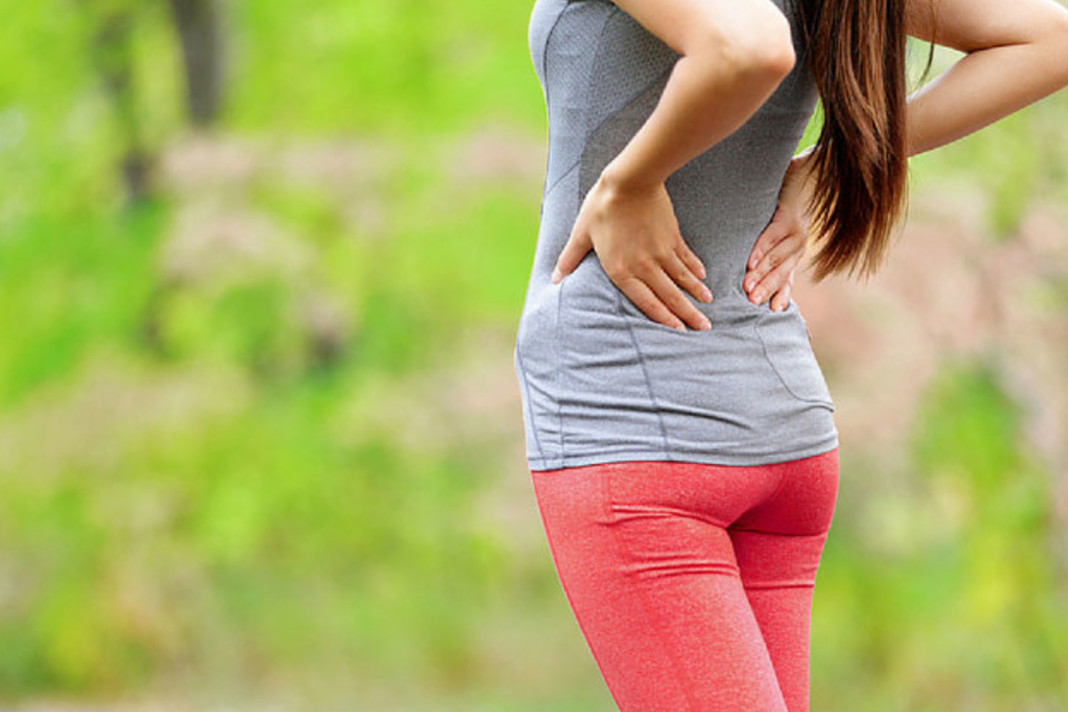Healing fibroids depends up on the size of the fibroid tumors, its symptoms, your age, whether or not you plan for more children, general health and your preference.
Fibroids are common benign growth of the uterus (womb).
The fibroids growth in the uterus may be very small or large [Fibroid type].
The fibroids cause no symptoms if they are very small; thereby healing fibroids is not necessary.
It especially applies if you are nearing menopause stage (an average age of fifty).
However, if the fibroids are small and cause pressure symptoms or heavy bleeding then a regular evaluation is done to determine the changes in the fibroid size.
It is usually done when you plan to become pregnant, as the fibroids can grow and affect the pregnancy, also, if you are nearing your menopause where the fibroids generally reduce in size.
Although fibroids cause no or very little symptoms, it is very important for you to keep consulting your doctor regularly for assessment.
On the other hand, you may also notice certain symptoms, which includes heavy, painful periods, pelvic pain, abnormal bleeding between periods, an increase in the size of the fibroids; or pressure on urinary bladder or on bowel.
Healing fibroids is essential if you notice any of these symptoms. Luckily, you have several treatment options to treat your fibroids. The surgical methods such as myomectomy and hysterectomy are effective in healing fibroids.
Myomectomy is a surgical procedure where only the fibroids are removed, leaving the uterus in place. This type of surgical method is usually preferred when you plan for a future pregnancy or when you desire to retain the uterus.
Hysteroscopy or Laparoscopy (less invasive procedures) is used to remove small fibroids whereas large, multiple or unattainable fibroids and the presence of other pelvic conditions are usually treated with a laparotomy.
Hysterectomy is another surgical healing fibroids method that is used to remove the fibroids along with uterus. This is preferred when you have regular pain or abnormal bleeding, large fibroids, ineffective results with other treatment options; not desired for children.
Uterine artery embolisation (UAE), a recently introduced method is effective in healing fibroids. In this method, particles are inserted into the uterine arteries to reduce the size of fibroids by blocking off their blood supply.
In addition to surgical methods, you also have medical treatment for healing fibroids. The drugs will be used to heal the symptoms of fibroids, or to shrink fibroids temporarily.
The drugs such as Antiprostaglandins or cyclo-oxygenase enzyme (COX) are prescribed to shrink fibroids and are used only during menstrual periods and when trying to conceive or have associated period pains.
However, GnRH analogues are also prescribed to reduce the size of large fibroids temporarily and to control bleeding.
Antibiotics are prescribed to heal the infections caused by fibroids. As anemia (loss of blood) is due to heavy bleeding, even it can be improved with oral iron supplements.
Remember that the fibroids will usually reappear within 3-6 months and return to their pre-treatment size if your treatment is discontinued. Therefore, a treatment course should be followed regularly for healing fibroids completely.







Thanks so much for this post! I have endometriosis and was recently diagnosed with fibroids – tiny ones, apparently, but I intend on having children, so it freaked me out. I’m wondering what the effect of soy or dairy is (I know there is much debate and it’s hard to get people to agree on it) and what natural therapies, if any, I could try doing to at least keep them small?
Thanks for this post – and for stopping by.